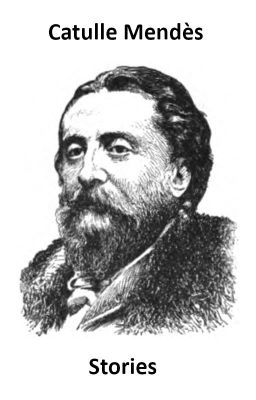exclassics
22 0 17
Jacques-Louis de Bougrenet De La Tocnaye (1767-1823) was a minor French aristocrat, who fled France at the revolution along with thousands of others. He took refuge in Britain and, with no occupation, depended on the hospitality, not always generous, of various English and Scottish gentlemen. To occupy his time, and in the hope of making some money, he wrote an account of his travels, Promenade autour de la Grande Bretagne, "A Tour around Great Britain." This was a modest success and stimulated him to produce similar accounts of wanderings in Ireland and Scandinavia. The Irish volume, Promenade d'un Français dans l'Irlande, is the only one which has been translated into English, published under the title A Frenchman's Walk in Ireland in 1917. His journey, in 1796 and 1797, took him around the island in a clockwise direction, with a brief sojourn in Scotland during the winter. He walked almost the whole time, staying mainly in the houses of the Ascendancy when he had a letter of introduction, and in wretched inns and worse peasant hovels when this failed. As Britain was at war with revolutionary France at the time, he often found it useful to pretend to be Scottish, and conversed with people of all ranks of society; he even seems to have learned a little Irish. His observations are sympathetic and penetrating, and he always tries to see the good in everyone he meets, and to explain the country's defects on misgovernment rather than the innate inferiority of the Irish, which was the usual attitude of English visitors at the time.…



















